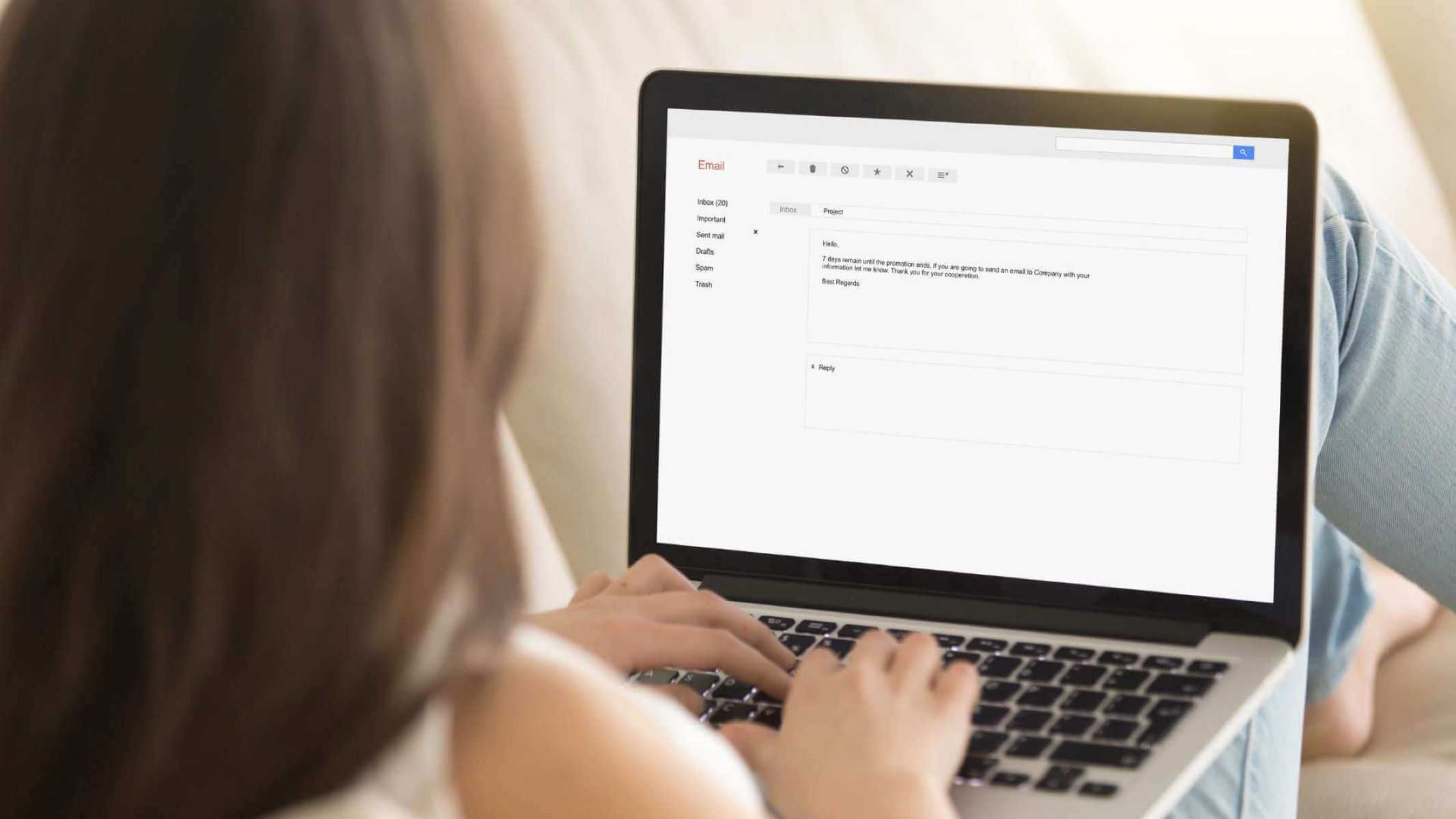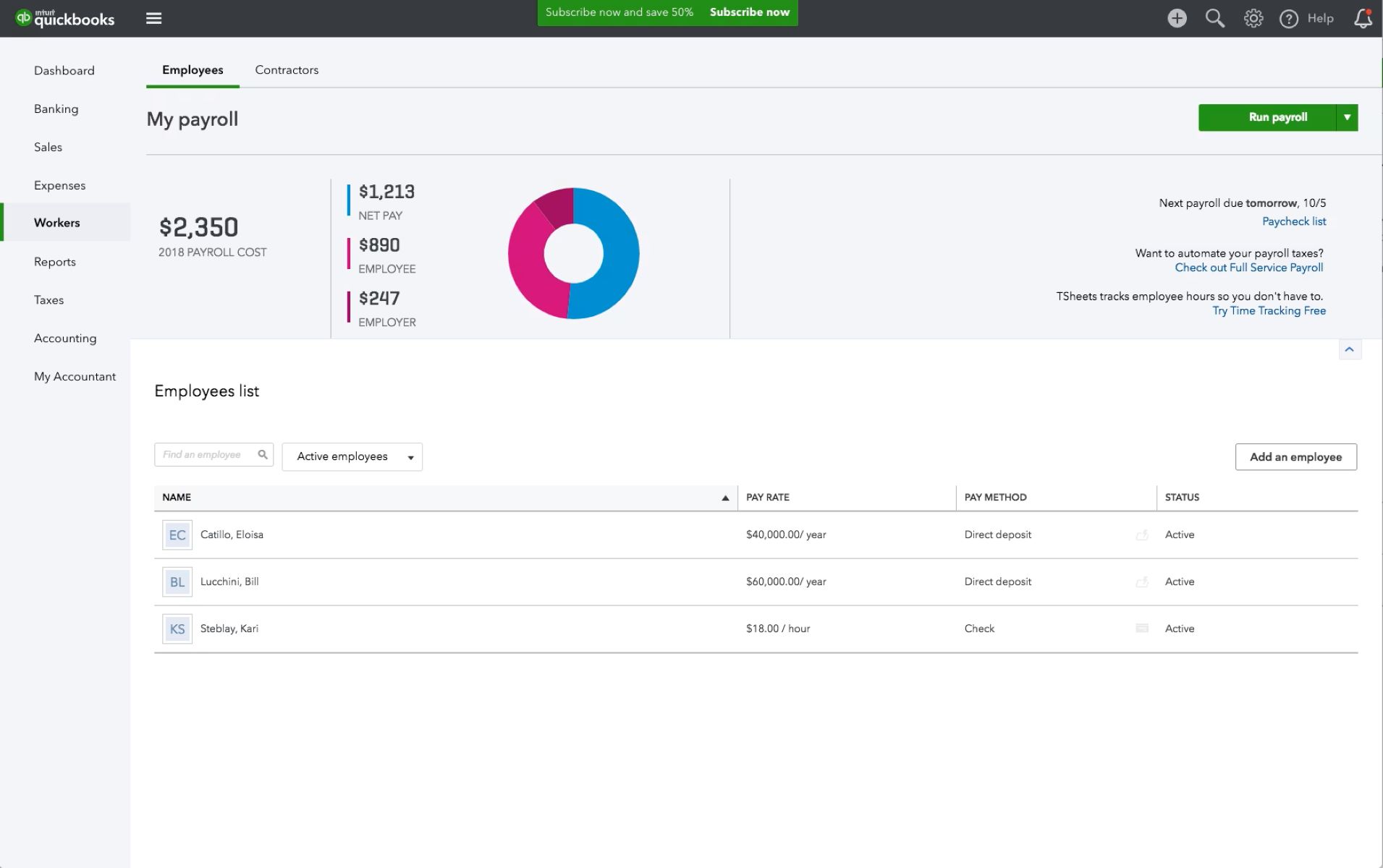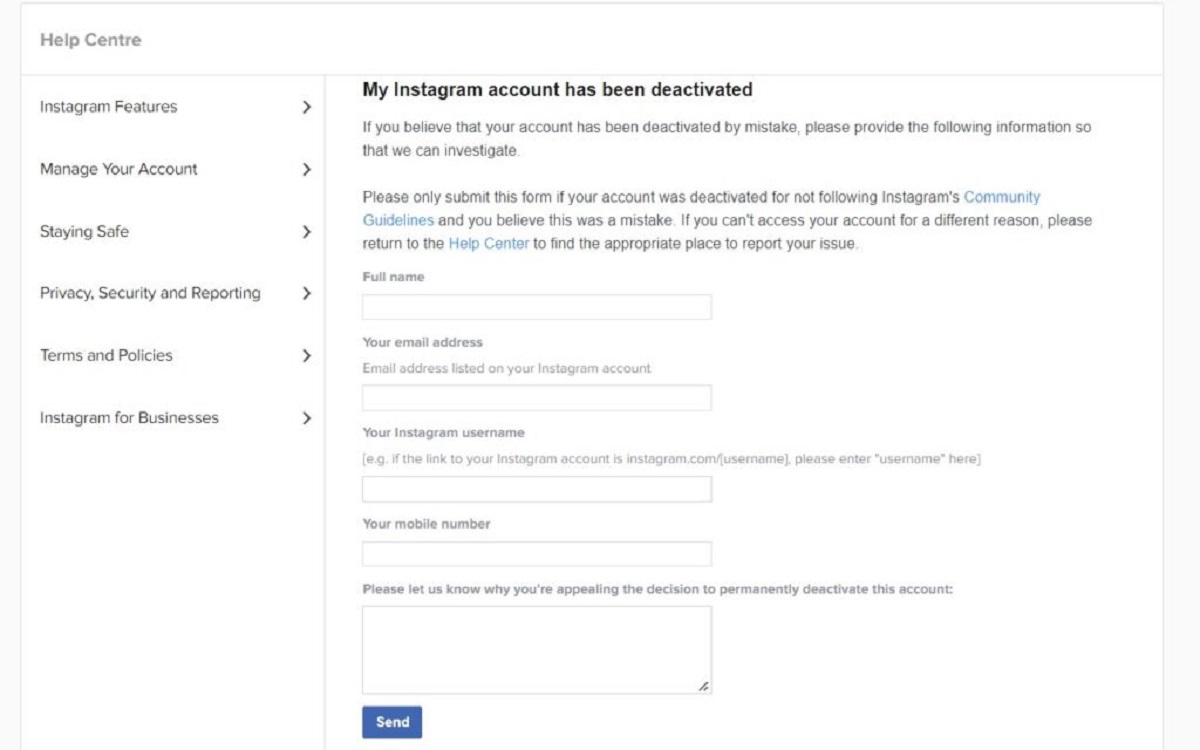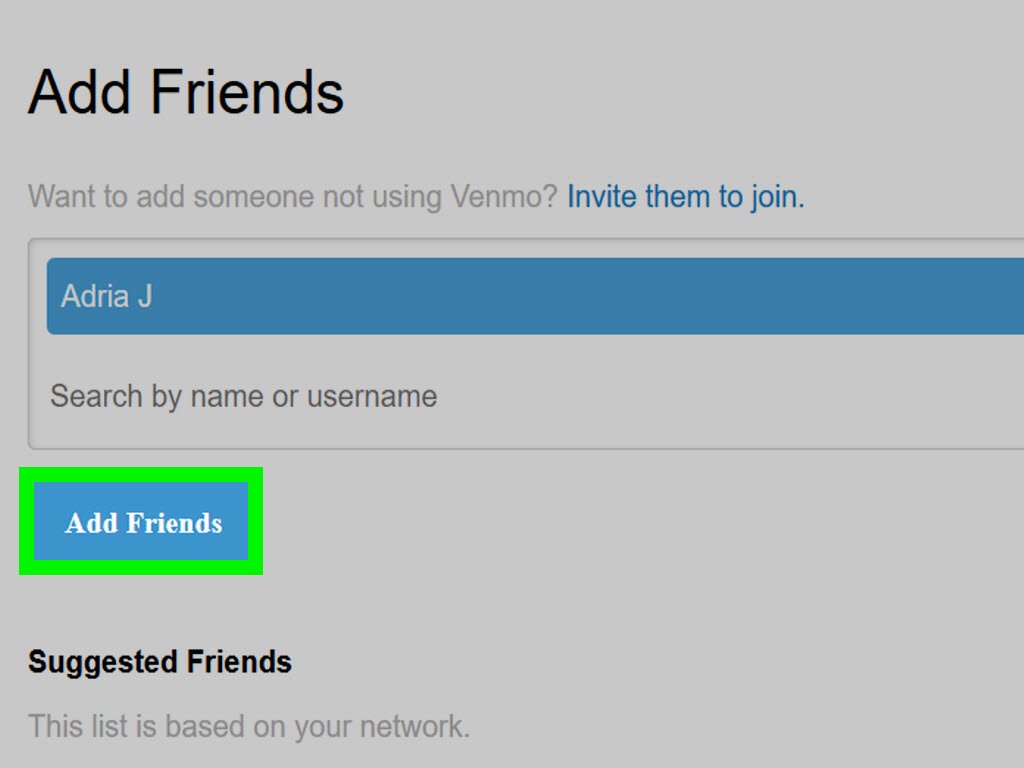Introduction
Welcome to the world of requesting time off from work! Taking time off for vacation, personal matters, or simply to relax and recharge is an important aspect of maintaining a healthy work-life balance. However, knowing how to effectively request time off can sometimes be a challenge. One of the most common ways to request time off is through email, and in this article, we will explore the art of crafting a professional and persuasive PTO (Paid Time Off) request email.
Whether you are a seasoned professional or new to the workforce, understanding the dos and don’ts of writing a PTO request email is crucial for getting your time off approved. While the process may vary depending on your company’s policies and culture, there are certain key elements that can help make your request stand out.
From choosing the appropriate subject line to closing your email with grace and gratitude, every aspect plays a role in making a compelling request. By following the advice and tips provided in this article, you will be better equipped to write an effective PTO request email that increases the chances of your request being approved.
So, whether you have an upcoming vacation planned or need time off for personal reasons, read on to discover the strategies and techniques that will guide you in writing an impressive PTO request email.
Why is requesting PTO important?
Requesting paid time off (PTO) is not only a personal necessity but also plays a crucial role in maintaining a healthy work-life balance. Here are a few reasons why requesting PTO is important:
- Rest and rejuvenation: Taking regular breaks from work is essential for your physical and mental well-being. PTO allows you to recharge, relax, and return to work with renewed energy and focus. It is an opportunity to indulge in activities you enjoy, spend quality time with loved ones, or simply take a break from the daily routine.
- Increased productivity: Studies have shown that employees who take regular time off are more productive and engaged in their work. By disconnecting from work and taking time for yourself, you can prevent burnout and increase your overall productivity when you return.
- Health and self-care: PTO provides an opportunity to prioritize your health and self-care. It allows you to attend medical appointments, take care of personal obligations, or simply relax and engage in activities that promote your well-being, such as exercising, practicing mindfulness, or pursuing hobbies.
- Improved work-life balance: Requesting PTO helps create a healthy separation between work and personal life. It allows you to devote time to your family, friends, and personal interests, ensuring that you maintain a fulfilled and balanced life outside of work.
By actively requesting and utilizing your allotted PTO, you demonstrate a commitment to self-care and well-being, which can positively impact your overall job satisfaction and performance. It also sets an example for colleagues, encouraging them to prioritize their own work-life balance.
Remember, it is crucial to plan and communicate your PTO requests in advance to ensure a smooth workflow for your team and manager. By understanding why requesting PTO is important, you can confidently approach the process and reap the benefits of a well-deserved break.
Tips for writing an effective PTO request email
When it comes to writing a PTO request email, there are several key strategies to keep in mind to make your message persuasive and professional. Here are some useful tips to help you craft an effective PTO request email:
- Plan ahead: Before drafting your email, consider the timing of your request. Give your manager or team ample notice to ensure proper coverage during your absence. Planning ahead shows that you respect your colleagues’ time and responsibilities.
- Be clear and concise: Keep your email brief and to the point. State the purpose of your email, specify the dates and duration of your requested time off, and briefly explain the reason for your absence. Avoid including unnecessary details that may distract from your main message.
- Highlight the benefits: Clearly communicate the potential benefits of your time off, such as increased productivity upon your return, improved work-life balance, and enhanced overall well-being. Help your manager understand why approving your request is advantageous for both you and the company.
- Frame your request positively: When stating your request, use positive and affirmative language. Instead of asking “Can I take time off?”, phrase it as “I would like to request time off from [dates]”. This approach conveys confidence and professionalism.
- Address potential concerns: Anticipate any concerns your manager may have regarding your absence. Offer solutions, such as arranging for coverage or delegating your tasks, to ease their worries and ensure a smooth workflow during your absence.
- Keep a polite and professional tone: Maintain a respectful and courteous tone throughout your email. Avoid sounding demanding or entitled. Express your appreciation for their consideration and reaffirm your commitment to fulfilling your responsibilities before and after your time off.
- Proofread and edit: Before sending your email, proofread it carefully to ensure clarity, accuracy, and professionalism. Check for any grammatical errors or typos. A well-written and error-free email reflects your attention to detail and professionalism.
By applying these tips, you can increase the chances of your PTO request email being well-received and approved. Remember, the key is to demonstrate that your time off will not only benefit you but also contribute positively to your work and overall job performance.
Subject line and salutation
When writing a PTO request email, the subject line and salutation are critical in grabbing the recipient’s attention and setting the tone for your message. Here are some tips to consider:
Subject line:
Keep the subject line concise and informative. Include the words “PTO Request” or “Time Off Request” to clearly indicate the purpose of your email. Mentioning the dates you are requesting can also be helpful. For example:
- “PTO Request: Vacation Time – [Dates]”
- “Time Off Request: Personal Leave – [Dates]”
By providing a clear and specific subject line, you help the recipient quickly understand the nature of your email and prioritize it accordingly.
Salutation:
Begin your email with a polite and professional salutation. Address your manager or supervisor by their preferred title (e.g., “Dear [Manager’s Name]”). If you have a close working relationship, you can use a more casual salutation such as “Hi [Manager’s Name]”. Use their preferred name or the name they usually go by to maintain a friendly and respectful tone.
If you are unsure about the appropriate salutation, you can always opt for a more general greeting such as “Hello” or “Good morning/afternoon/evening”.
Remember to tailor your salutation based on your company culture and the relationship you have with the recipient. The goal is to strike a balance between professionalism and a friendly tone.
By paying attention to the subject line and using an appropriate salutation, you set a positive tone for your PTO request email and increase the chances of your message being well-received.
Opening paragraph
The opening paragraph of your PTO request email sets the stage for the rest of your message. It should be concise, engaging, and clearly state the purpose of your email. Here are some tips for crafting an effective opening paragraph:
Greet the recipient:
Start by greeting the recipient in a warm and respectful manner. Use their preferred title or the general salutation discussed earlier. For example:
- “Dear [Manager’s Name],”
- “Hi [Manager’s Name],”
- “Hello [Manager’s Name],”
State your request:
In the opening sentence, clearly and confidently state your request for time off. Be specific about the dates and duration you are requesting. For example:
- “I am writing to request [number of days] of paid time off from [start date] to [end date].”
- “I would like to take [number of days] off from [start date] to [end date] as vacation time.”
Provide a brief reason:
In the next sentence or two, briefly explain the reason for your time off. Use a positive and professional tone when explaining the purpose. For example:
- “During this time, my family and I have planned a long-awaited vacation to [destination].”
- “I have personal commitments that require my attention and I would greatly appreciate the opportunity to take time off to address them.”
Remember, the goal of the opening paragraph is to clearly state your request and provide a brief explanation for your time off. By doing so, you engage the recipient from the start and set the stage for the rest of your PTO request email.
Body of the email
The body of your PTO request email is where you provide more details and supporting information to strengthen your case. It is important to communicate your request clearly and professionally. Here are some tips for writing the body of your email:
State the specific dates and duration of your time off:
Reiterate the dates and duration of your requested time off to ensure there is no confusion. Specify the start and end dates clearly, using a format that is easy to understand. For example:
- “I would like to request time off from [start date] to [end date], which is a total of [number of days] days.”
- “I am seeking a leave of absence for a period of [number of days] starting on [start date] and ending on [end date].”
Highlight any potential impact on work and provide solutions:
If there will be any impact on your work or projects during your absence, address it in the body of your email. Assure your manager that you have a plan in place to minimize disruption. Offer solutions such as delegating tasks, providing project updates beforehand, or arranging for coverage. This proactive approach demonstrates your commitment to maintaining productivity. For example:
- “I have already spoken to [colleague’s name] and they have agreed to handle any urgent tasks that may arise during my absence. I will also provide them with a detailed handover document to ensure a smooth transition.”
- “I will complete and submit all pending reports and deliverables before I leave, ensuring that there are no outstanding tasks during my absence.”
Express your willingness to assist in any necessary preparations:
Show your dedication to a seamless transition by offering your assistance in any necessary preparations before your time off. This gesture reassures your manager that you are committed to team success. For example:
- “I am more than happy to assist in training a colleague and providing any necessary documentation to ensure that everything runs smoothly in my absence.”
- “Please let me know if there are any specific tasks or responsibilities that you would like me to address before I leave. I am dedicated to making sure everything is in order.”
By effectively communicating the details of your time off, addressing any potential impact on work, and offering your assistance in preparations, the body of your email demonstrates your professionalism and commitment to a smooth transition during your absence.
Closing paragraph
The closing paragraph of your PTO request email is your opportunity to wrap up your message professionally and express gratitude. It should leave a positive impression and demonstrate your commitment to your responsibilities. Here are some tips for writing an effective closing paragraph:
Reiterate your appreciation:
Show gratitude for your manager’s time and consideration by expressing your appreciation. Acknowledge that they have taken the time to review your request and consider your needs. For example:
- “Thank you for taking the time to review my request. I appreciate your consideration.”
- “I am grateful for your attention to this matter and your understanding of the importance of maintaining work-life balance.”
Reaffirm your commitment:
Conclude your email by reiterating your dedication to your work and your team. Emphasize that you understand and value your responsibilities, both before and after your time off. For example:
- “I assure you that I will make every effort to prepare and plan accordingly to minimize any disruption in workflow. I am committed to fulfilling my responsibilities before and after my time off.”
- “Rest assured that I am fully aware of my obligations and will ensure that all pending tasks and deadlines are met before I take my leave.”
Offer your availability:
To demonstrate your readiness to assist and maintain open lines of communication while you are away, offer your willingness to be reachable if needed. Provide contact information or mention any alternative points of contact. For example:
- “While I am away, I will still have access to email, so please feel free to reach out to me if needed. If there is anything urgent, kindly email me at [email address] or contact [alternative point of contact].”
- “During my absence, you can reach me via phone or email should there be any pressing matters that require my attention. Alternatively, please feel free to reach out to [colleague’s name] who will be able to assist you.”
By expressing gratitude, reaffirming your commitment, and offering your availability, the closing paragraph of your PTO request email conveys professionalism, appreciation, and a willingness to assist during your absence.
Polite tone and gratitude
One of the crucial aspects of writing an effective PTO request email is maintaining a polite and respectful tone throughout your message. Showing gratitude for the opportunity to request time off and appreciating your manager’s consideration can go a long way in making a positive impression. Here are some tips for infusing your email with a polite tone and gratitude:
Choose your words carefully:
Use polite and courteous language throughout your email. Be mindful of your tone and word choice to ensure your message conveys respect and professionalism. Avoid sounding demanding, entitled, or insincere. Instead, opt for phrases that display consideration and gratitude. For example:
- “I would be grateful if you could kindly consider my request for time off.”
- “I appreciate your understanding and support in allowing me to take this time off.”
- “Thank you for your consideration and for taking the time to review my request.”
Show appreciation for the opportunity:
Express gratitude for the chance to request time off and emphasize that you understand the privilege of having paid time off as part of your employment benefits. Demonstrating gratitude reinforces your appreciation for the opportunity and shows respect for the decision-making process. For example:
- “I am grateful for the PTO policy that allows employees to balance their personal and professional lives.”
- “I appreciate the company’s commitment to employee well-being and work-life balance through the provision of paid time off.”
Acknowledge the impact on your team:
Recognize the potential impact of your absence on your colleagues and mention your understanding of the need for proper planning and coordination. Acknowledge that you value their contributions and will make necessary arrangements to minimize any disruption. For example:
- “I understand the importance of our team’s work and will ensure that my absence does not hinder our progress. I will collaborate with my colleagues to ensure a smooth workflow and effective coverage.”
- “I am cognizant of the upcoming deadlines and milestones, and I am committed to facilitating a seamless transition to ensure minimal impact on our team’s efforts.”
By maintaining a polite and respectful tone, expressing gratitude for the opportunity, and acknowledging the impact on your team, you convey professionalism and appreciation in your PTO request email.
Formatting and proofreading
Formatting and proofreading are essential steps in ensuring that your PTO request email appears polished and professional. Taking the time to review your email for formatting consistency and eliminating any errors or typos can greatly improve the effectiveness of your message. Here are some tips for formatting and proofreading your PTO request email:
Use a clear and professional font:
Choose a font that is easy to read and conveys professionalism. Stick to standard fonts like Arial, Times New Roman, or Calibri, and avoid using decorative or overly stylized fonts. Additionally, ensure that the font size is legible and doesn’t strain the reader’s eyes.
Organize your email into paragraphs:
Break your email into paragraphs to enhance readability. Separate different ideas or points into distinct paragraphs to create a logical flow. This helps the recipient to follow your thoughts and easily navigate through the email.
Avoid long paragraphs:
Avoid writing lengthy paragraphs as they can be overwhelming and may cause the reader to lose interest. Use short paragraphs to emphasize key points and maintain a visually appealing layout. This approach makes it easier for the recipient to grasp the information quickly.
Proofread for errors:
Proofread your email carefully to catch any spelling or grammatical errors. Read through your email multiple times to ensure that it flows smoothly and makes logical sense. Pay attention to punctuation, capitalization, verb agreement, and tenses. If possible, ask a colleague or friend to review your email for any errors you may have missed.
Check for consistency:
Ensure consistency in formatting across the entire email. Check that your headings, font styles, bullet points, and lists are uniform throughout. Consistency in formatting lends a professional and organized appearance to your email.
Double-check the recipient and CC lines:
Before hitting send, double-check that you have entered the correct email address in the recipient field and any relevant CC (carbon copy) addresses. Sending your email to the wrong person can lead to confusion and delays in processing your request.
By paying attention to formatting and thoroughly proofreading your email, you can ensure that it appears polished and error-free. This helps to establish your professionalism and attention to detail, increasing the likelihood of your PTO request being well-received.
Ending the email professionally
Concluding your PTO request email with a professional ending reinforces your professionalism and leaves a positive last impression. Here are some tips for ending your email professionally:
Express appreciation again:
Reiterate your gratitude for the opportunity to request time off. Thank your manager for their time, consideration, and understanding. This gesture shows respect and appreciation for their role in the decision-making process. For example:
- “Thank you once again for your attention to this matter and for considering my request.”
- “I appreciate your understanding of the importance of maintaining work-life balance and your consideration of my request.”
Confirm your availability if needed:
If applicable, reiterate your availability during your time off. If there are certain tasks or situations where your presence or input might be required, provide alternative points of contact or let your manager know how they can reach you. This ensures that there are no miscommunications or delays in addressing any important matters. For example:
- “If there are any urgent matters that require my attention during my absence, please feel free to reach out to me via email or phone.”
- I will be checking my email periodically and can be reached if there are any pressing issues that need my immediate attention.
Closing salutation:
End your email with a professional closing salutation. Use a phrase that aligns with the tone and level of formality established throughout the email. Some commonly used closing salutations include:
- “Best regards,”
- “Sincerely,”
- “Thank you,”
Your name and contact information:
Finally, conclude your email by including your full name, job title, and contact information. This makes it easier for the recipient to identify you and reach out to you if needed. Include your phone number and email address, ensuring they are accurate and up to date.
By ending your email professionally, expressing appreciation, confirming availability if needed, and providing your contact information, you leave the recipient with a positive last impression and reinforce your professionalism and commitment to the request.
Sample PTO request email template
Subject: PTO Request: [Start Date] to [End Date]
Dear [Manager’s Name],
I hope this email finds you well. I am writing to formally request paid time off from [start date] to [end date]. During this period, I would like to take a much-needed vacation to rejuvenate and spend quality time with my family.
I have consulted the team’s calendar and ensured that my absence during this time will not disrupt any major projects or deadlines. In my absence, I am happy to assist with the necessary preparations and delegate tasks to ensure a smooth workflow.
During the planning stages, I have spoken with [colleague’s name] who has graciously agreed to handle any urgent matters that may arise. I will also provide them with a detailed handover document outlining the status of ongoing projects and any pending tasks that need attention.
I recognize the importance of maintaining productivity and client satisfaction, and I am committed to completing all pending deliverables and ensuring a seamless transition before my departure. I will also be available via email to address any urgent matters that may require my attention, should the need arise.
I am truly grateful for the PTO policy in our company, which promotes a healthy work-life balance. I appreciate your understanding and consideration in granting this request and trusting that I will fulfill my responsibilities both before and after my time off.
Thank you for your attention to this matter. If you have any further questions or require additional information, please do not hesitate to reach out to me. Your guidance and support are greatly appreciated.
Best regards,
[Your Name] [Your Job Title]Contact Information: [Phone number and email address]
Note: This is just a sample template. Please adjust the content, tone, and specific details to align with your company’s policies and your professional relationship with your manager.
Conclusion
Crafting an effective PTO request email is a crucial skill for any professional seeking time off from work. By following the tips and strategies outlined in this article, you can increase the likelihood of your request being approved. Remember to plan ahead, be clear and concise, highlight the benefits of your time off, and address any potential concerns. Maintain a polite and professional tone throughout your email, express gratitude, and offer assistance in preparing for your absence.
Formatting and proofreading your email are essential final steps in ensuring a polished and error-free message. Review your email for proper formatting, consistency, and any grammatical or spelling errors. Double-check recipient and CC lines to ensure accuracy. Ending your email professionally with gratitude and relevant contact information reinforces your professionalism and commitment to your responsibilities.
By confidently and thoughtfully crafting your PTO request email, you demonstrate your ability to manage your work-life balance effectively. Remember to be considerate of your colleagues, understand your company’s policies, and plan in advance to ensure a smooth workflow during your absence. Taking the time to write a persuasive and professional PTO request email increases your chances of obtaining the well-deserved time off, while also maintaining a positive relationship with your manager and team.
So go ahead and put these tips into practice. Write your PTO request email with confidence, and enjoy your well-earned break!

























